Law of Treaties in International Law
Introduction
The International Court of Justice identifies four main sources of international law under Article 38(1): treaties and conventions, customs, general principles of law, and judicial precedents and teachings. Among these, treaties are considered the primary source for establishing international law. Treaties serve to bind states to their responsibilities across borders, fostering friendly relations and defining the powers, regulatory provisions, and formation of international organizations. Historically, treaties have been used between states for centuries, with earlier agreements often being oral oaths taken during ceremonies where parties swore in the name of God. Today, written treaties legally bind the parties involved.
The Vienna Convention on the Law of Treaties, which came into force on January 27, 1980, primarily governs the law of treaties. This document was developed by the International Law Commission of the United Nations to provide guidelines on how treaties should operate. Most member states of the United Nations are parties to this Convention.
Article 2(1)(a) of the Vienna Convention defines a treaty as “an international agreement concluded between States in written form and governed by international law, whether embodied in a single instrument or in two or more related instruments and whatever its particular designation.” In essence, treaties are written agreements between parties that agree on a set of principles regarding matters of international concern. These agreements are also referred to as pacts and charters. Mere statements, declarations, or positions do not qualify as treaties.
Treaties can be classified based on their objects, purpose, or the number of parties involved. For example, there are political treaties that define alliances or disarmament policies, administrative treaties that establish and define the functions of international organizations like the World Health Organization, and commercial treaties related to trade agreements such as the GATT. Other types include criminal treaties, human rights treaties, treaties that codify international law, and civil treaties.
Generally, a country is not legally obligated to abide by the terms of a treaty unless it ratifies the treaty or becomes a signatory. This principle is reflected in the Latin maxim "pacta sunt servanda", which means that every signatory is bound to follow the treaty obligations in good faith. "Pacta sunt servanda" is the foundation of treaty law, as recognized under Article 26 of the Convention. However, an exception was noted in the North Sea Continental Shelf Cases, where the ICJ held that certain treaties have a norm-creating character, meaning they establish conduct, often related to human rights, that binds states internationally.
While signatories are generally bound by all the terms and provisions of a treaty, reservations can be made. A reservation allows a signatory to exempt itself from the obligation to follow specific provisions. However, reservations against primary clauses that defeat the overall purpose of the treaty are not permitted. Article 2(1)(d) defines reservations. The main reasons for allowing reservations are:
- To encourage states to become parties to the Convention
- To increase the number of ratifications
- To accommodate the differences that exist between states
- As a principle to uphold sovereignty
- To avoid conflicts with domestic laws.
Treaties are a fundamental source of international law. They play a crucial role in establishing diplomatic relations among member states and setting the rules for conduct. Treaties promote international peace, security, and cooperation. Their importance is emphasized in the Preamble of the Vienna Convention on the Law of Treaties, which recognizes treaties as key to maintaining international order.
Types of Treaties
Law-Making Treaties
Law-making treaties create binding legislation for the parties involved. The subject matter and content of such treaties are statutory, not merely contractual. These treaties address issues that impact states on an international level and require immediate legal obligations that bind all parties. Unlike other treaties that may offer guidelines or discretionary rules, law-making treaties impose mandatory obligations similar to statutes. These treaties can establish international tribunals, mandates, waterways, and more.
Typically, law-making treaties are multilateral, involving multiple parties with a shared global concern. Human rights treaties and maritime laws are common examples. According to Fitzmaurice, these treaties differ from others because they bind parties to a collective interest rather than personal gains. In cases of bilateral law-making treaties, the obligations are mutually dependent on the terms set by the two parties, but still focused on a common cause.
Contractual Treaties
Contractual treaties, in contrast to law-making treaties, often involve a smaller, more exclusive group of parties and are typically bilateral. These treaties are based on mutual interests, usually of a commercial or political nature, where each party seeks to gain benefits or protection in exchange for providing the same to the other. While law-making treaties are concerned with rights, duties, and codes of conduct governed by principles of natural law and morality, contractual treaties focus on specific matters relevant only to the parties involved, such as trade, alliances, or conveyance agreements.
Contractual treaties operate like contracts, where the principles of exchange and reciprocity apply. If one party fails to fulfill its obligations, the other party is generally relieved from their responsibilities under the treaty. This is different from law-making treaties, which do not absolve obligations due to a breach by one party but instead impose penalties on the offending party.
The Vienna Convention on the Law of Treaties is an international agreement that governs and regulates treaties between states. This Convention exclusively deals with written treaties and is composed of eighty-five articles. The first part covers the basics, such as the object and scope of the Convention. The second part addresses the adoption, ratification, and conclusion of treaties. The third part focuses on how treaties should be interpreted. Modifications, amendments, and changes to treaties are covered in the fourth part, while termination, invalidity, and suspension clauses are elaborated on in the fifth part. According to the Convention, the International Court of Justice has jurisdiction over all disputes related to these matters. The final parts deal with technical issues, such as the implications of a change in government on treaties and ratification.
The maxim "pacta sunt servanda," which means "agreements must be kept," binds all signatories to their treaties and is incorporated under Article 26 of the Convention. Therefore, all signatories of the Vienna Convention are also bound to any other treaty they sign. It is noteworthy that the United States has not ratified the Convention, likely due to differences between the Legislative and Executive branches.
Article 1 of the Convention outlines its applicability to treaties between states and is also applicable to treaties entered into by international organizations. Article 2 defines key terms like "ratification," "approval," and "reservation" in the context of the treaty. However, the Convention does not apply to agreements between two subjects of international law or between an international body and a state. Article 3 confirms that while such agreements are valid, they are not bound by the Convention but must generally conform to basic principles of international law. These agreements do not affect interactions between states.
Parties to a Treaty
There are two types of parties to a treaty: state parties and third states. State parties are the actual signatories of the treaty, having signed, ratified, and adopted it, and are bound by it unconditionally. A "third state" refers to a state that is not an actual signatory or party to the treaty.
Third States
Article 34 of the Convention absolves third states of any obligations under a treaty since they are not signatories. Additionally, any provision of a treaty between two states that imposes liabilities on a third state cannot be enforced unless that third state has given its consent. If the third state consents and the parties wish to grant certain rights to it, provisions for this are allowed under Article 36 of the Law of Treaties. However, the third state can only exercise these rights if it fulfills all the conditions and duties imposed on it.
The revocation or amendment of provisions related to a third state is addressed in Article 37. Article 35 states that such revocation or amendment can only occur with the express consent of the parties to the treaty and the third state. However, the rights conferred by Article 36 cannot be revoked or altered without the consent of the third state if the treaty stipulates that such changes cannot be made solely by the parties. Additionally, customary international law provides that certain provisions of a treaty may become binding on third states as well.
Formation of a Treaty
There is no fixed procedure for creating a treaty, but certain elements are essential. Every treaty must have a preamble that outlines the background and purpose of the treaty, followed by the main subject matter. The treaty should also specify the duration for which it is intended, along with procedures for reservations, ratifications, and amendments. The final step involves the ratification and signatures of the parties involved. The key steps in treaty formation are as follows:
- Adoption: The treaty text must be adopted with unconditional consent, except where reservations are allowed. For international adoption, a two-thirds majority is generally required.
- Authentication: The text is authenticated according to the procedures outlined in the treaty itself. If no such procedures are specified, the signatures of the parties can serve as authentication.
- Expression of Consent: Consent can be expressed through signatures, ratification, acceptance, approval, accession, or by exchanging instruments required by the treaty.
- Consent by Signature: State representatives sign the treaty when the treaty specifies that a signature alone is enough to express consent.
- Consent by Exchange of Instruments: Instruments that signify consent may be exchanged among the parties.
- Consent by Ratification, Acceptance, or Approval: Ratification is an indication of formal acceptance or approval of the treaty.
- Consent by Accession: Accession occurs when a party agrees to a treaty after the minimum number of signatories has been achieved, typically post-ratification.
Formulation of Reservations
A party may enter reservations when signing the treaty if they have any specific conditions or exceptions.
Invalidity of a Treaty
The invalidity of treaties is addressed in Part V, Section 2 of the Vienna Convention on the Law of Treaties, 1969. Articles 46-53 outline the procedure for invalidating a treaty, which essentially means rendering it void. A treaty may be invalidated for several reasons, such as content, parties involved, or the treaty's implications—particularly if it becomes impossible to fulfill, if the issue has already been resolved, or by mutual consent of the parties.
- Article 46: A state may seek to invalidate a treaty if its provisions conflict with the state's domestic laws.
- Article 48: Invalidation can occur if the treaty contains an error that significantly affects its provisions, causing a conflict with its intended purpose.
A treaty may also be invalidated if consent was obtained through fraudulent acts, corruption of legal representatives, or coercion, resulting in a lack of free consent.
Jus Cogens
These are "peremptory norms of general international law" such as prohibitions against piracy, genocide, apartheid, and torture. If a treaty violates any of these norms, it can be declared invalid.
Termination of a Treaty
Termination by Withdrawal
International law is fundamentally based on the consent of the parties involved. As such, many treaties include provisions allowing for withdrawal. If enough parties withdraw, causing the number of signatories to drop below the required threshold, the treaty may be terminated. Article 56 of the Vienna Convention addresses the withdrawal of treaties that do not explicitly include termination or withdrawal clauses. However, some treaties, due to their nature, do not permit withdrawal. For example, North Korea's attempt to withdraw from the International Covenant on Civil and Political Rights was denied.
Suspension and Termination
- Implied by the Conclusion of a Later Treaty: If a new treaty is drafted on the same subject matter as an existing one, the older treaty is typically suspended once the new treaty is concluded and ratified.
- As a Consequence of Breach: In the case of bilateral treaties, if one party breaches the provisions, the other party may choose to terminate or suspend the treaty.
- Impossibility of Performance: If it becomes impossible to fulfill the treaty's provisions for any reason, the treaty may be terminated. If the impossibility is temporary, the treaty may be suspended for that period.
- Fundamental Change of Circumstances: This is similar to a force majeure clause, where unforeseen and uncontrollable events make it significantly difficult to uphold the treaty's provisions.
- Changes in Diplomatic or Consular Relations: Hostile relations or changes in diplomatic ties do not automatically lead to suspension or termination of a treaty unless such a clause is explicitly included in the treaty.
- New Jus Cogens: Jus cogens are internationally recognized fundamental principles. If a new jus cogen arises, any existing treaties that conflict with it may be terminated.
The Vienna Convention on the Law of Treaties is the key international document that outlines the fundamentals of treaty law. The principle of "pacta sunt servanda," meaning "agreements must be kept," is central to this convention, ensuring that all signatories adhere to their treaty obligations. This convention, which governs the creation, ratification, amendment, and termination of treaties, is crucial as treaties are the cornerstone of international law.


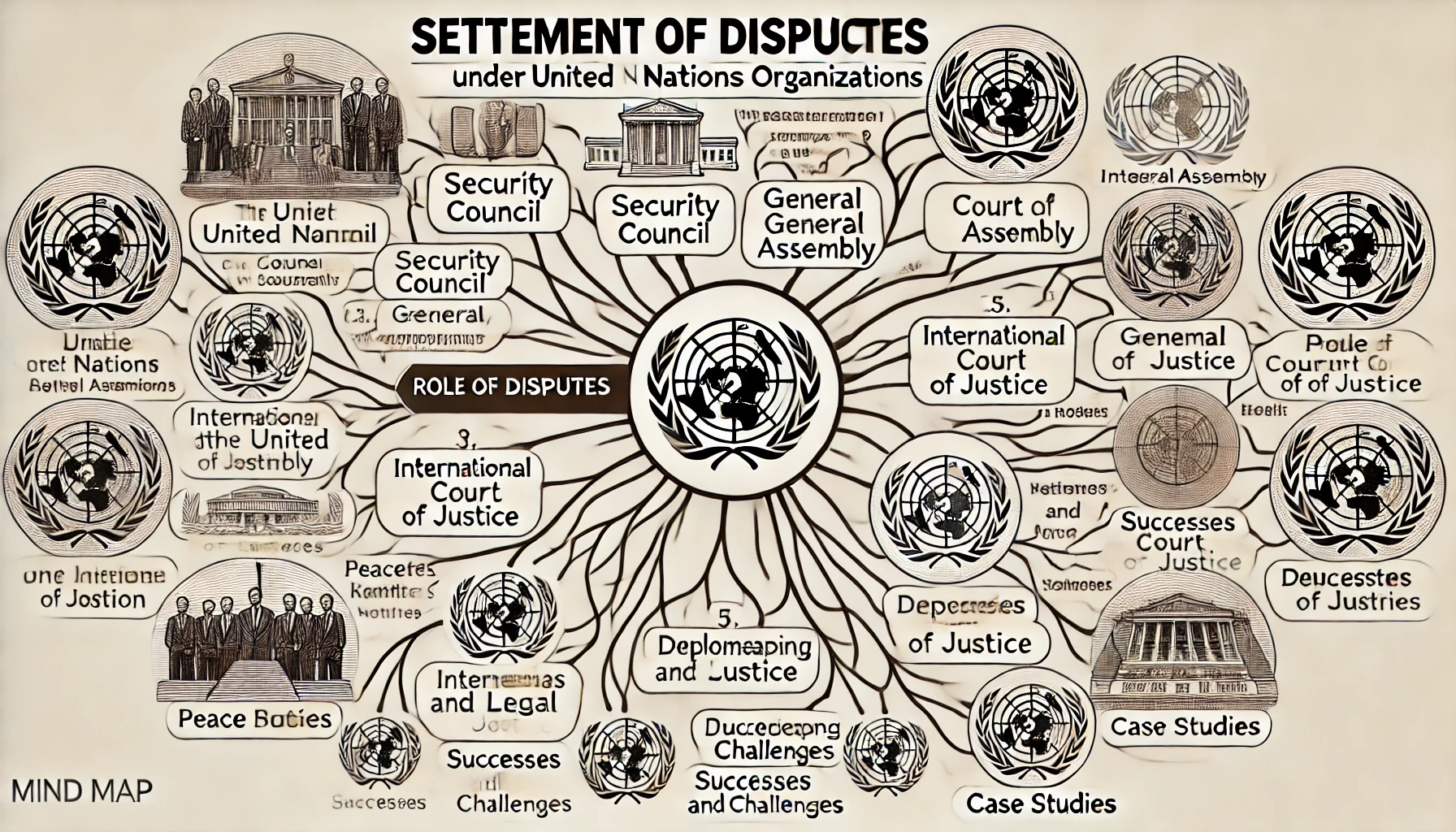
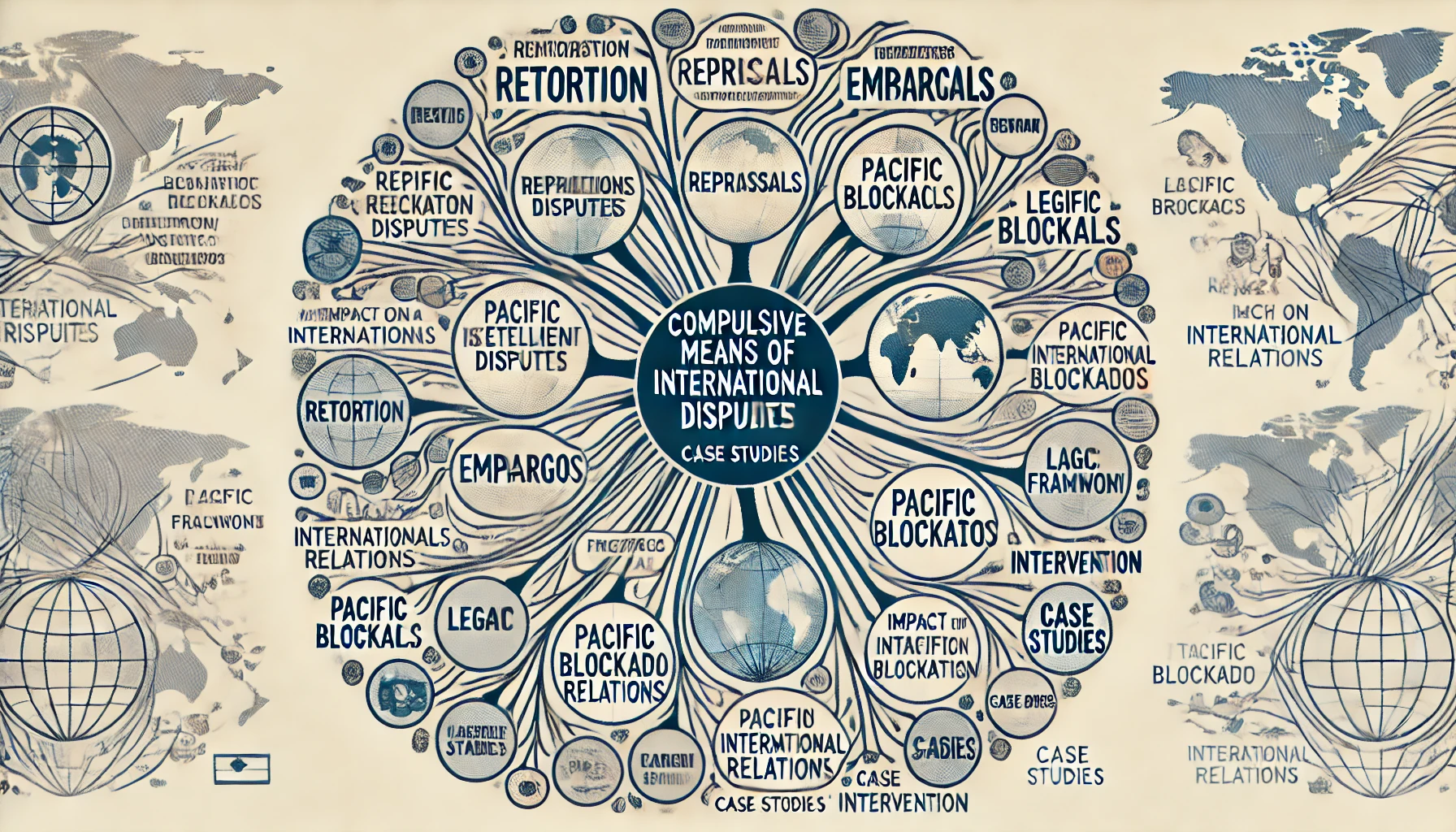
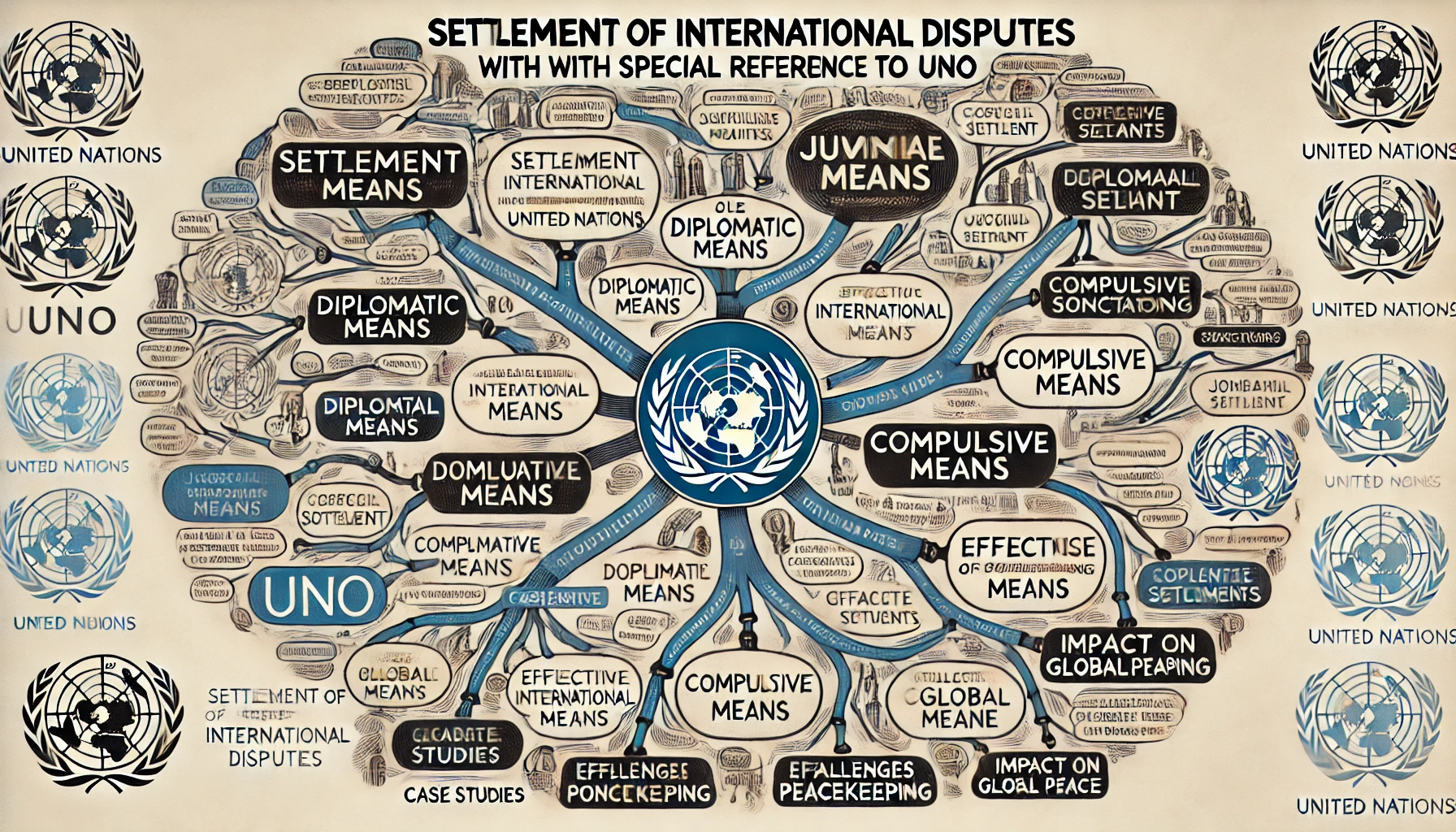

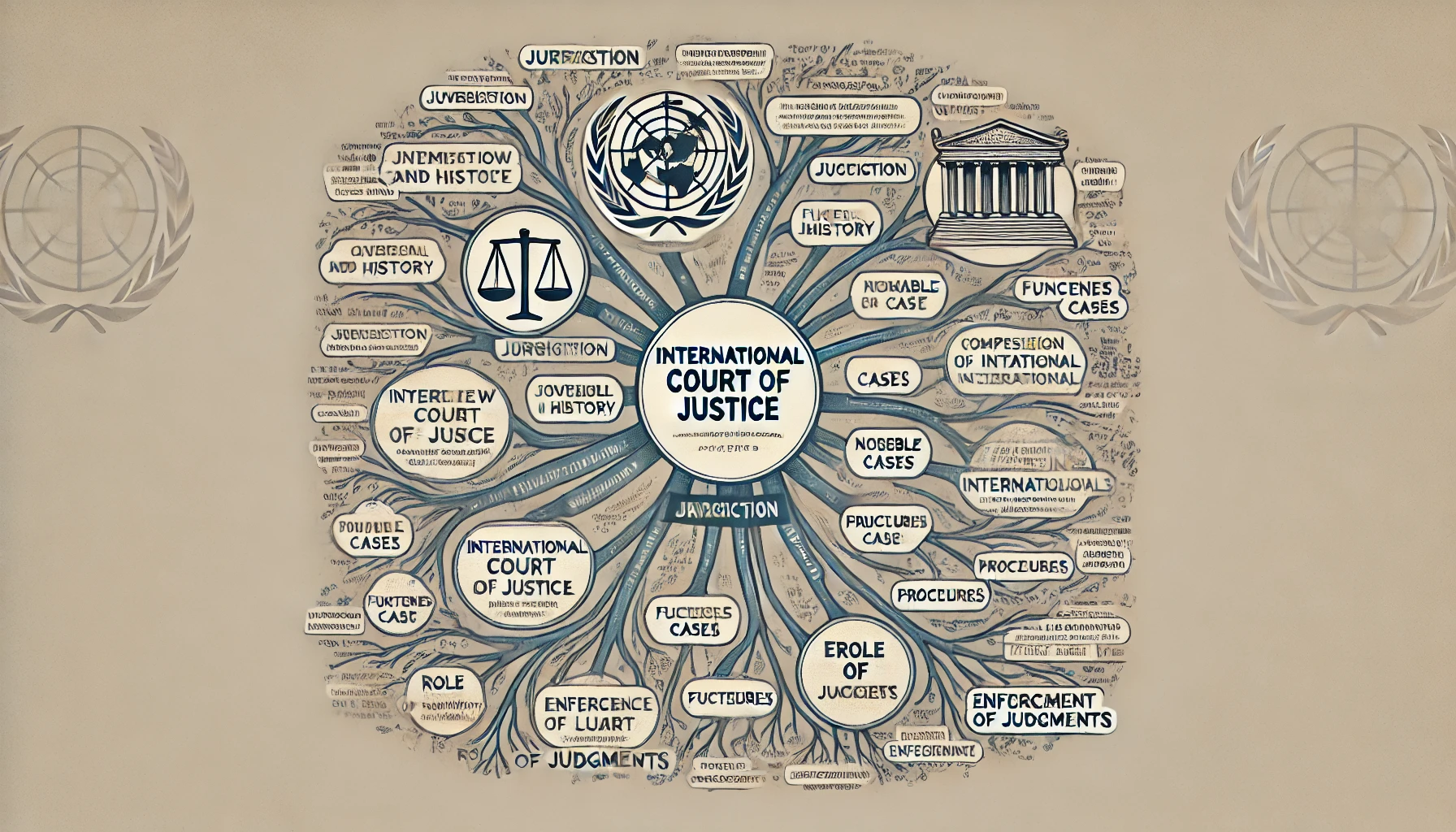
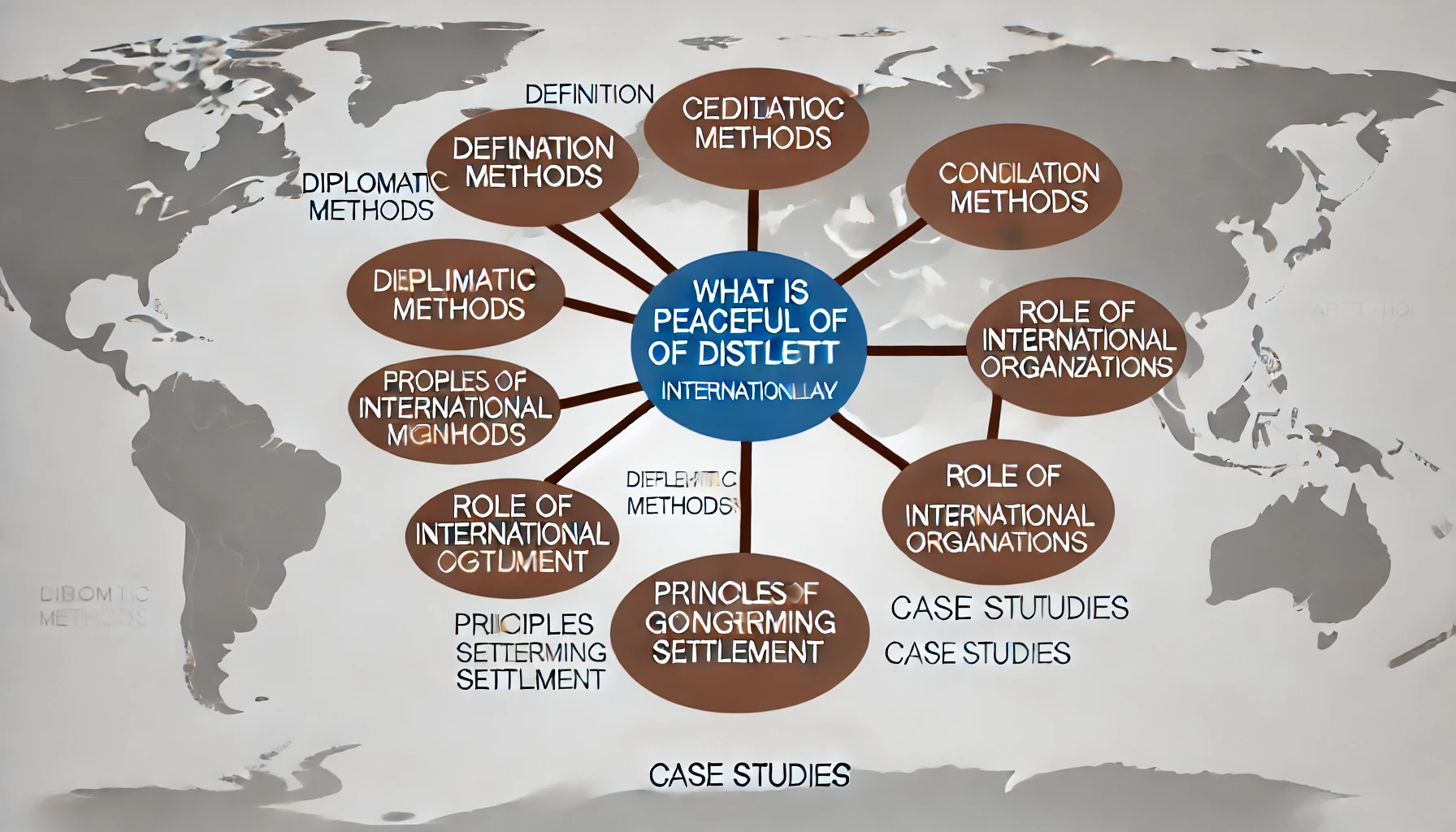

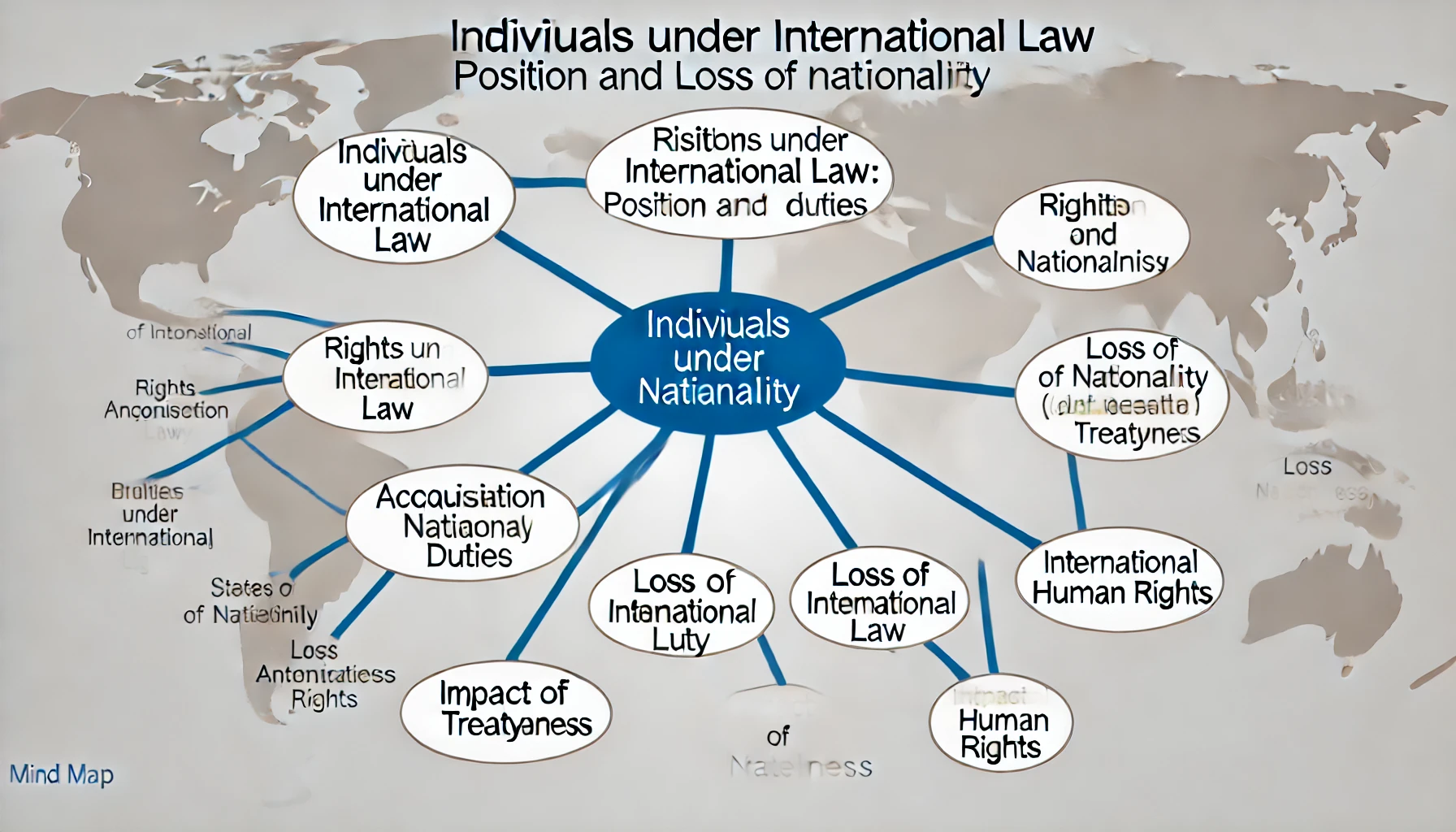
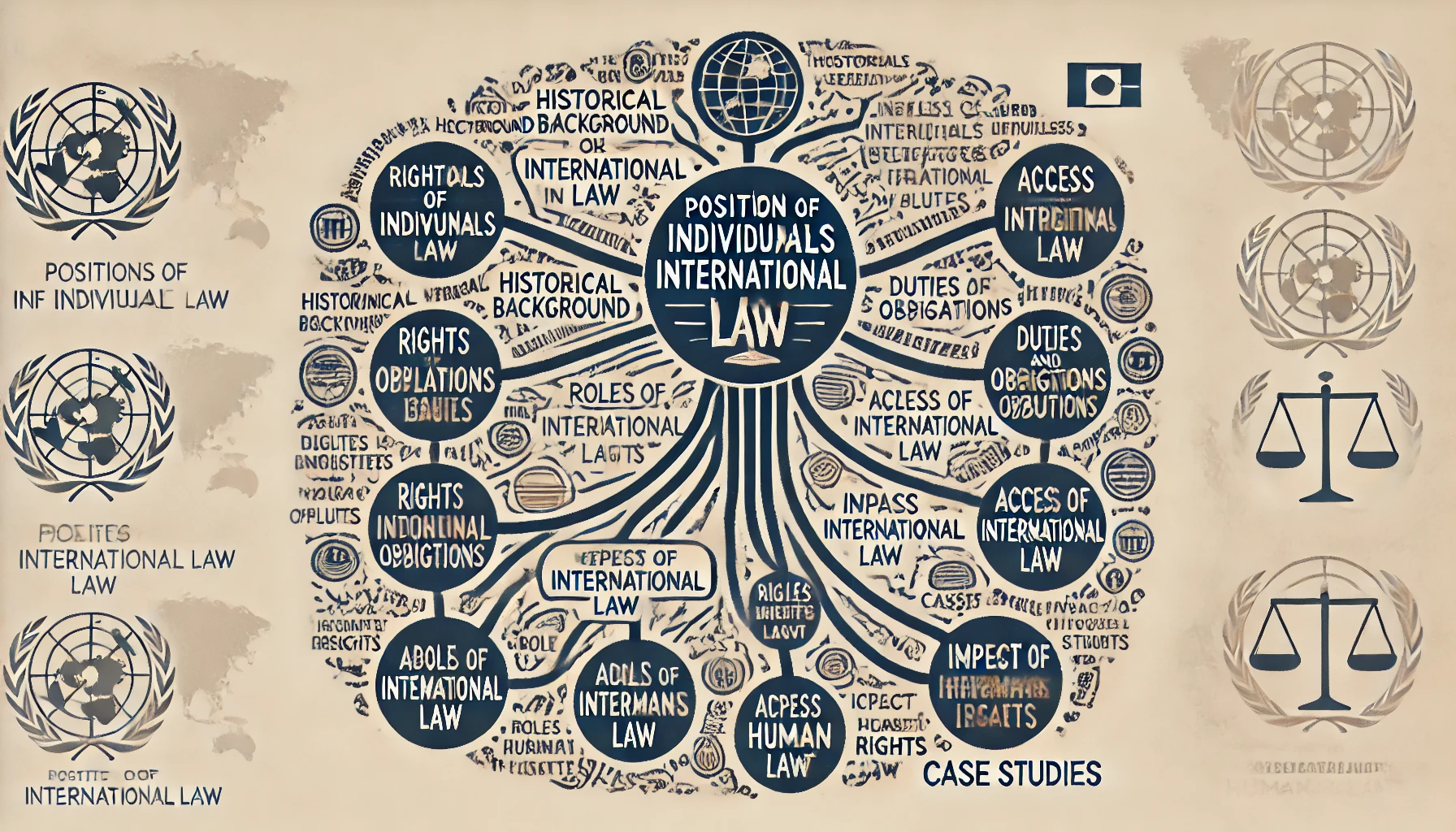
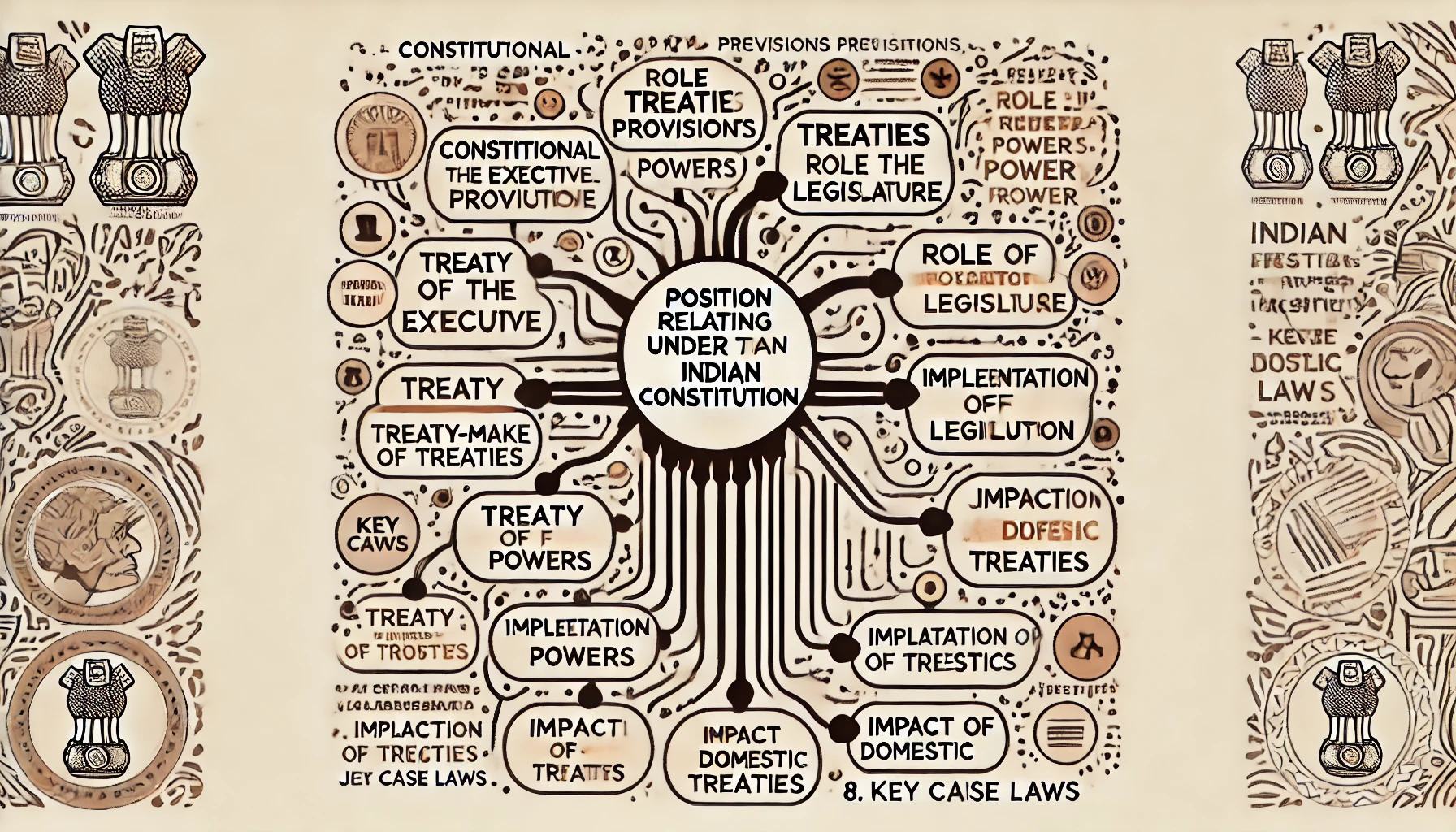



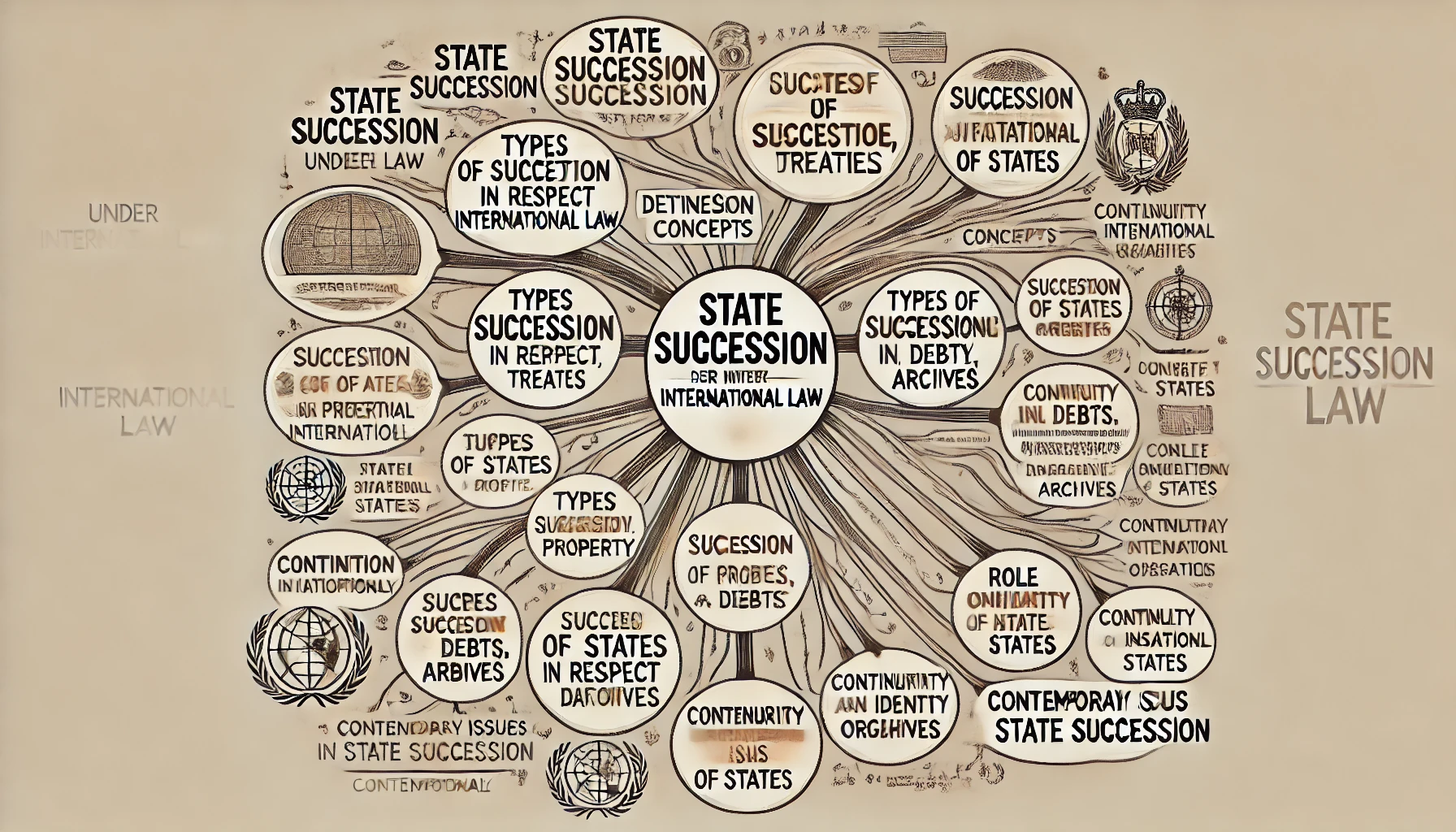
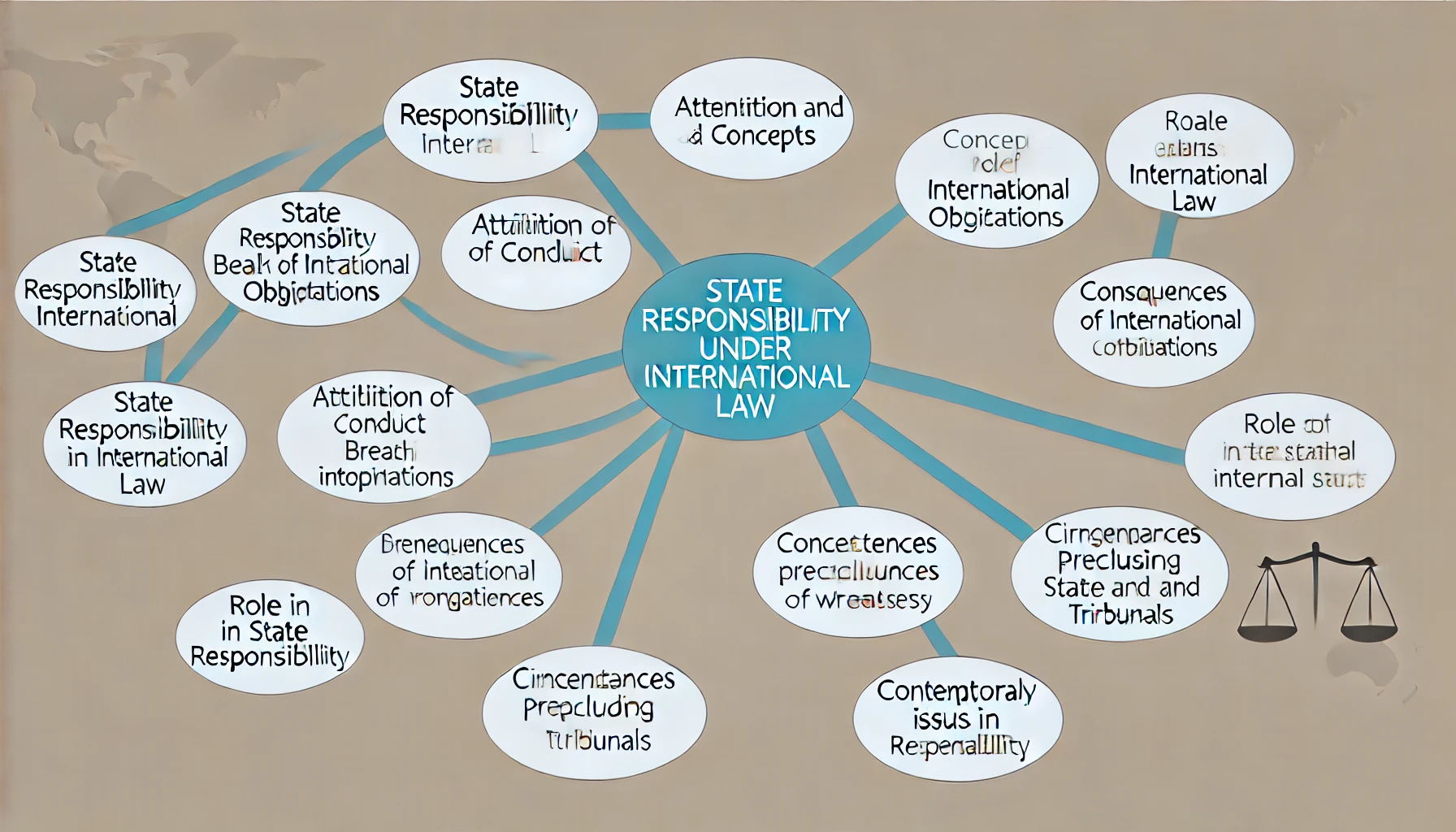

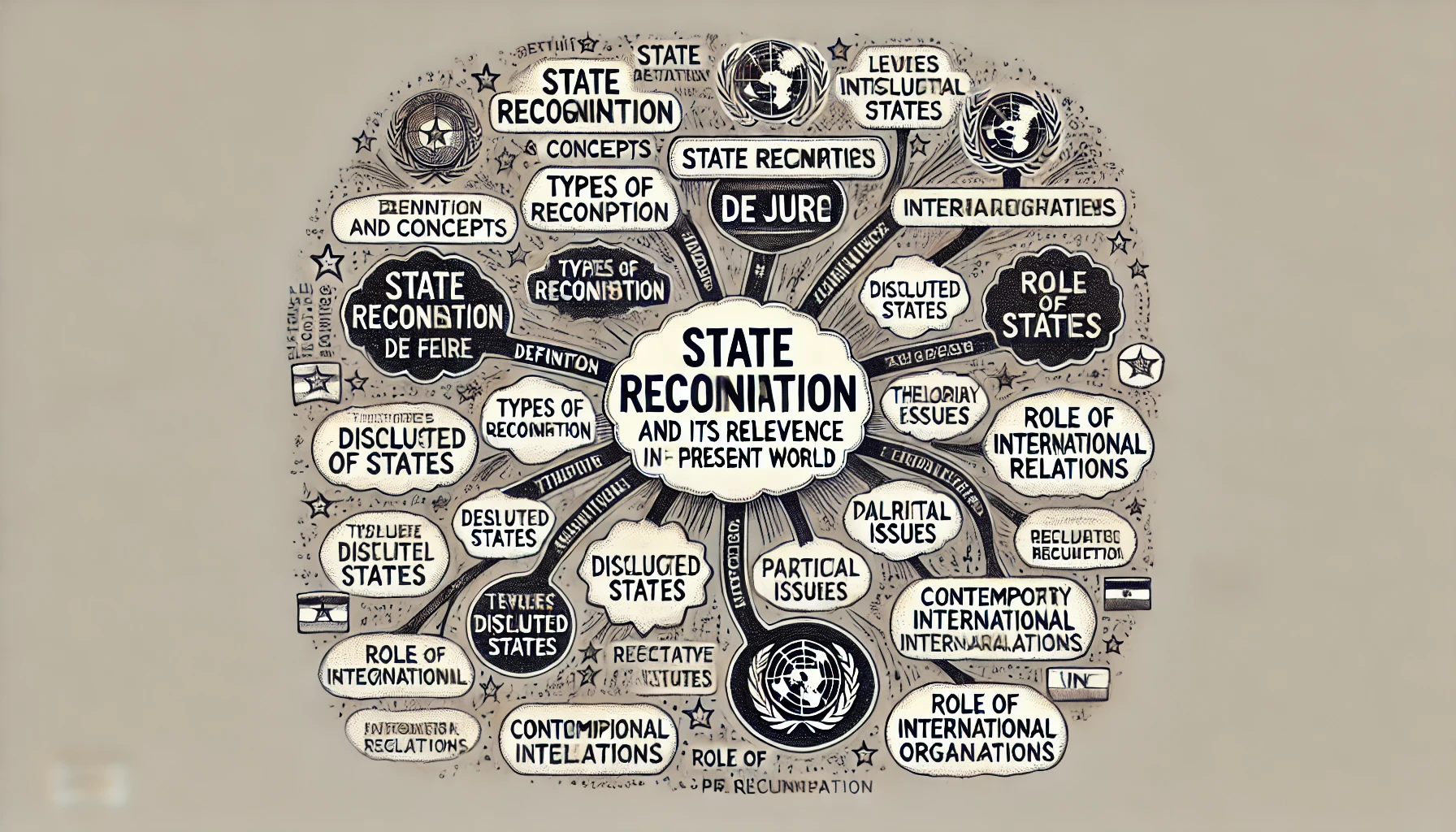
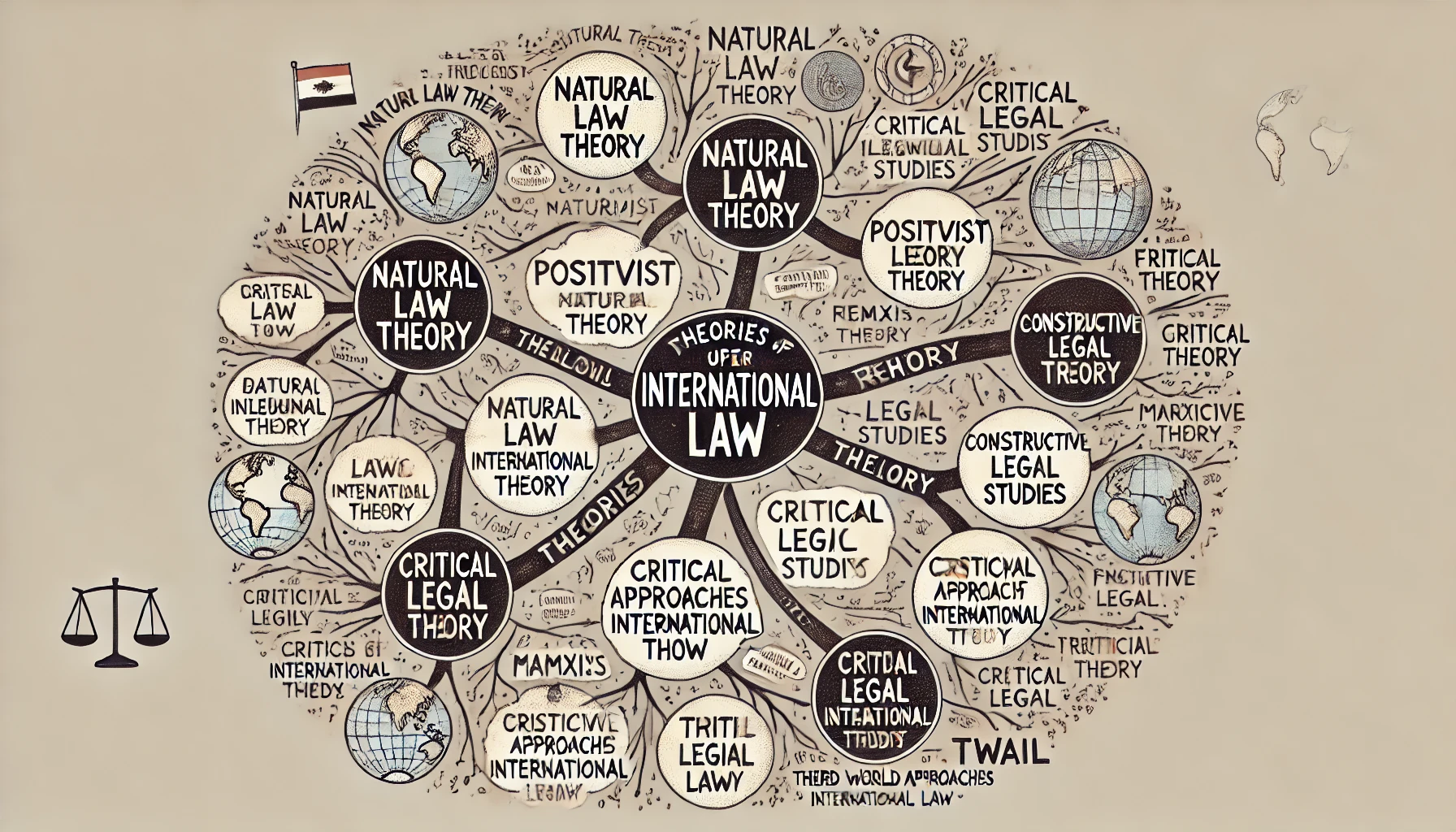
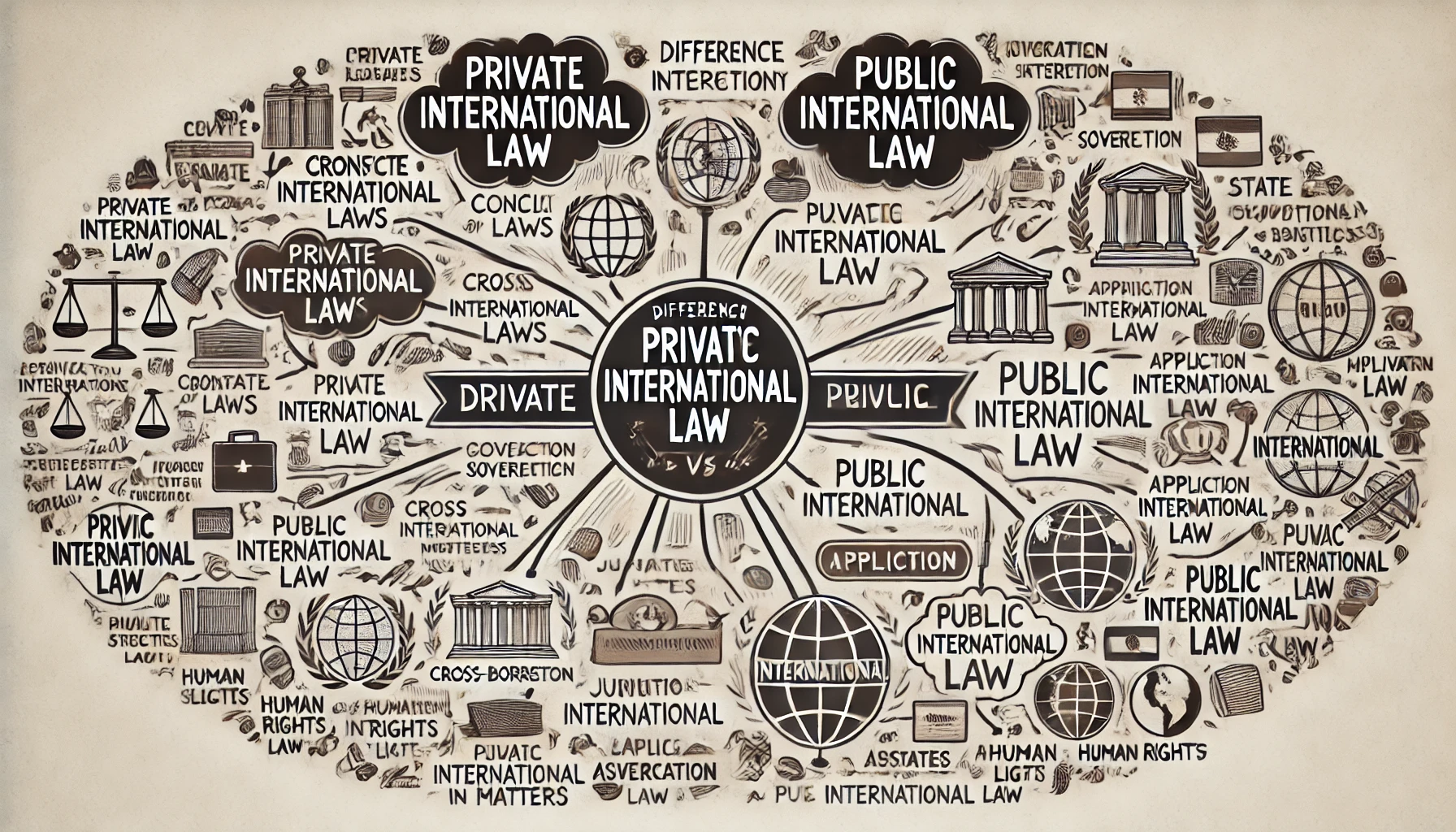
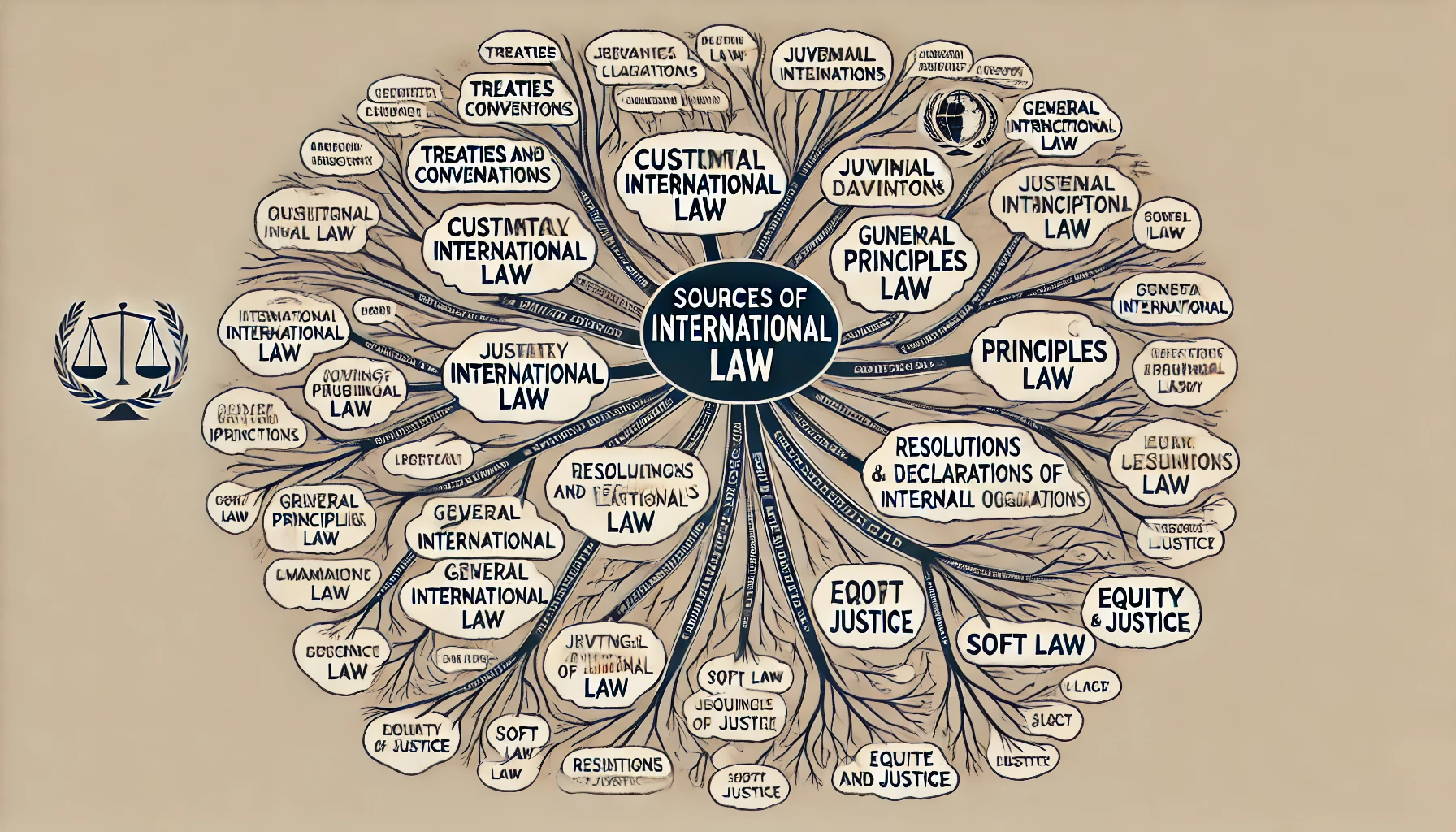
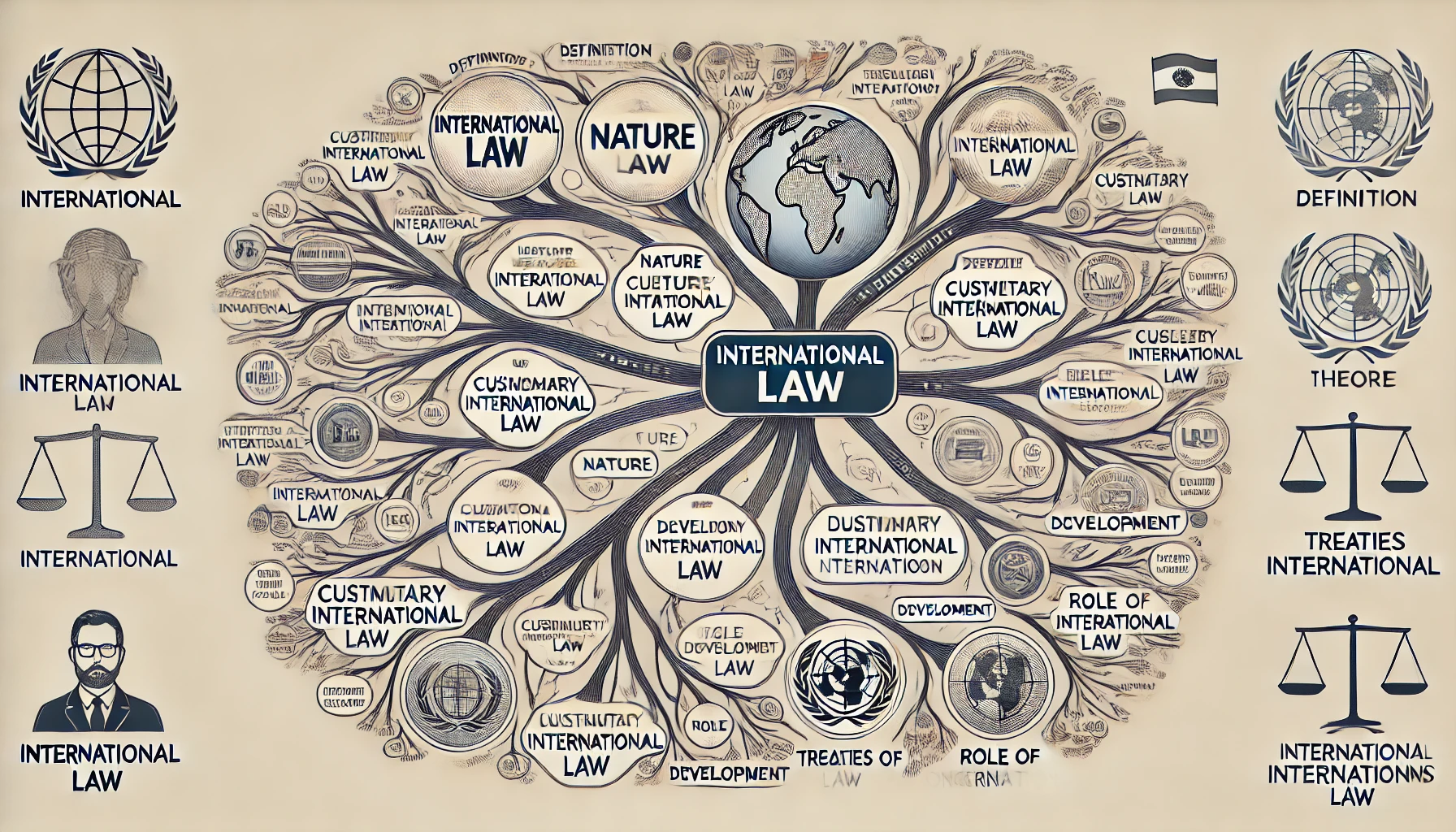
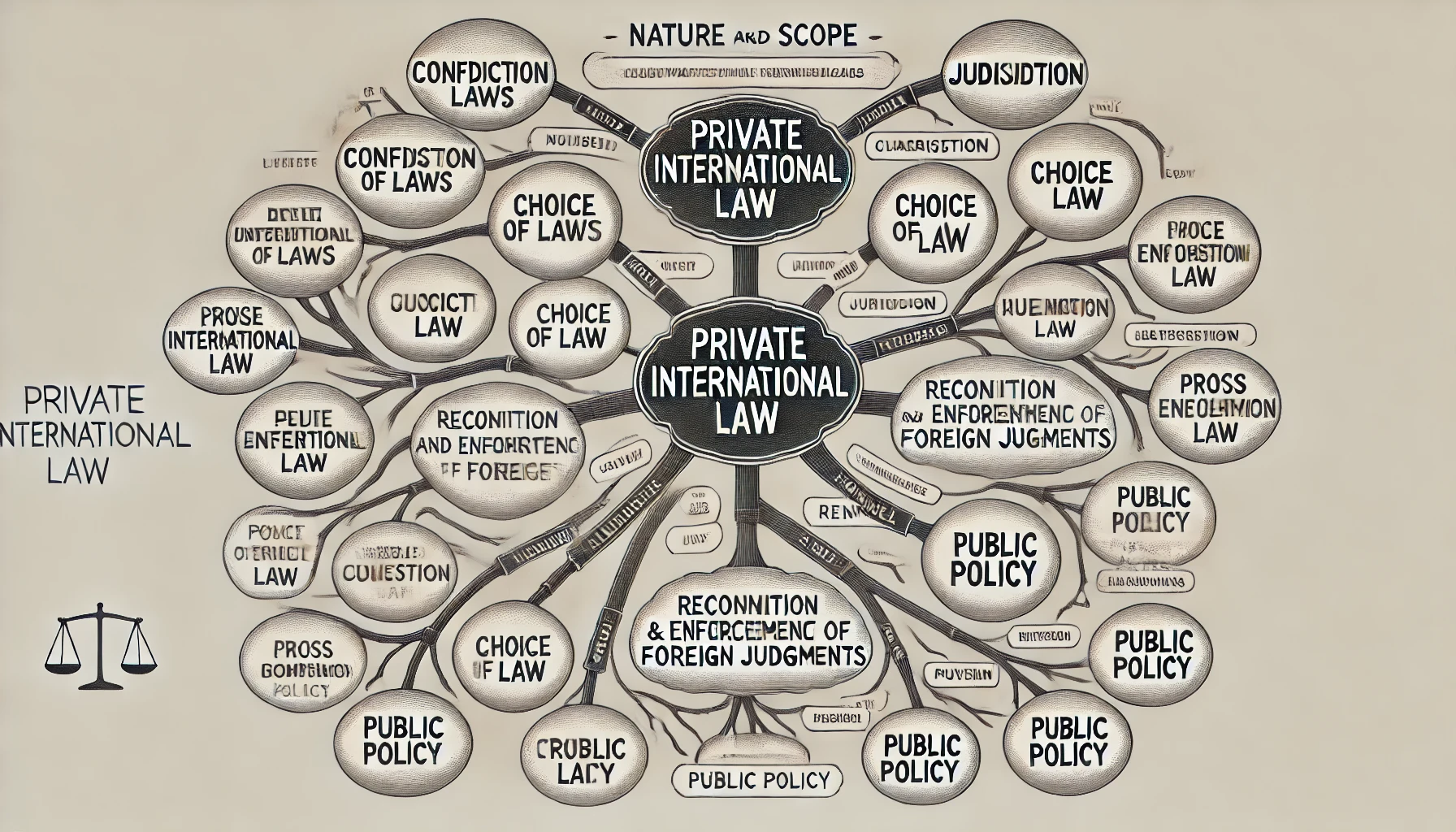
























































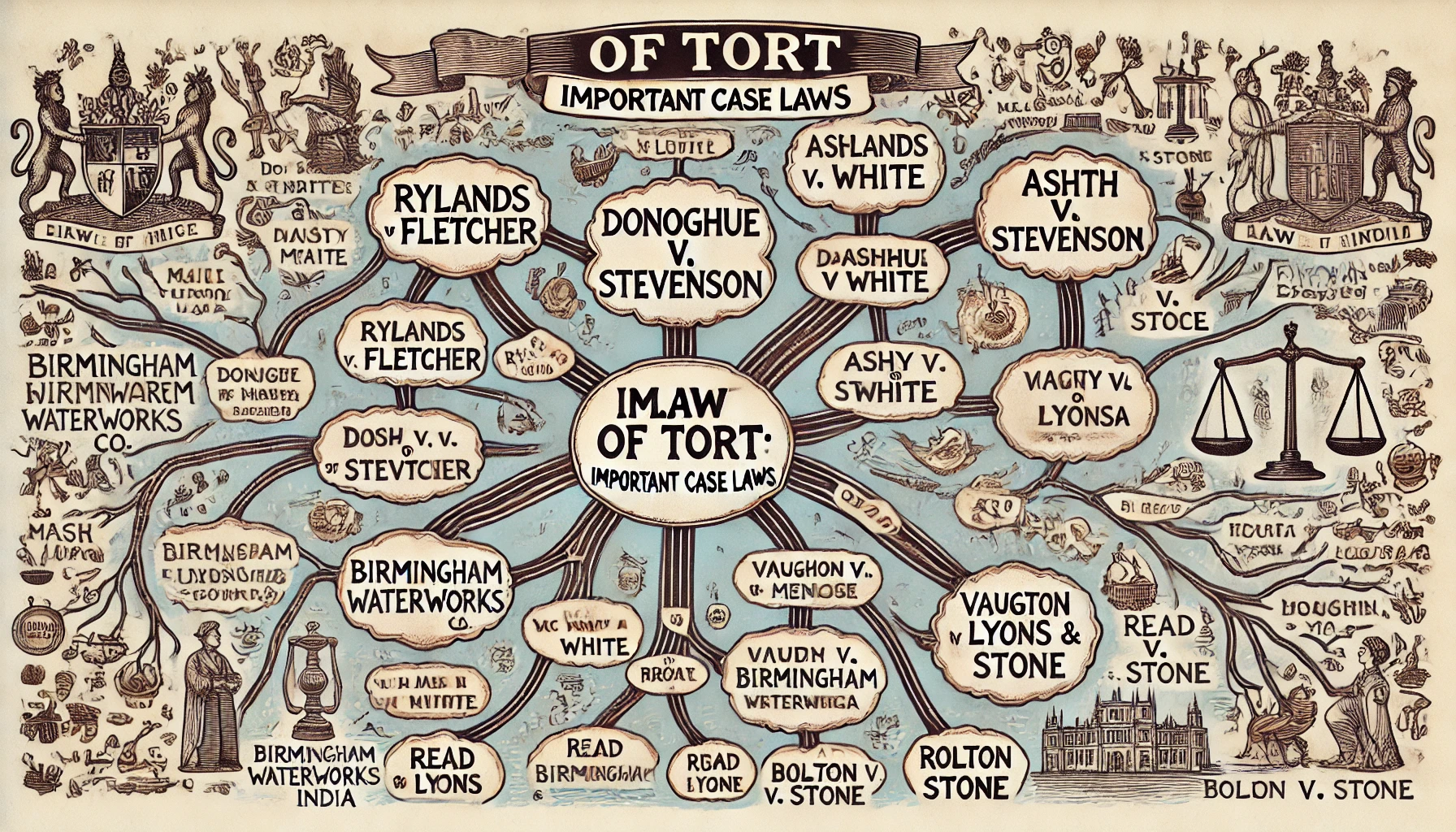














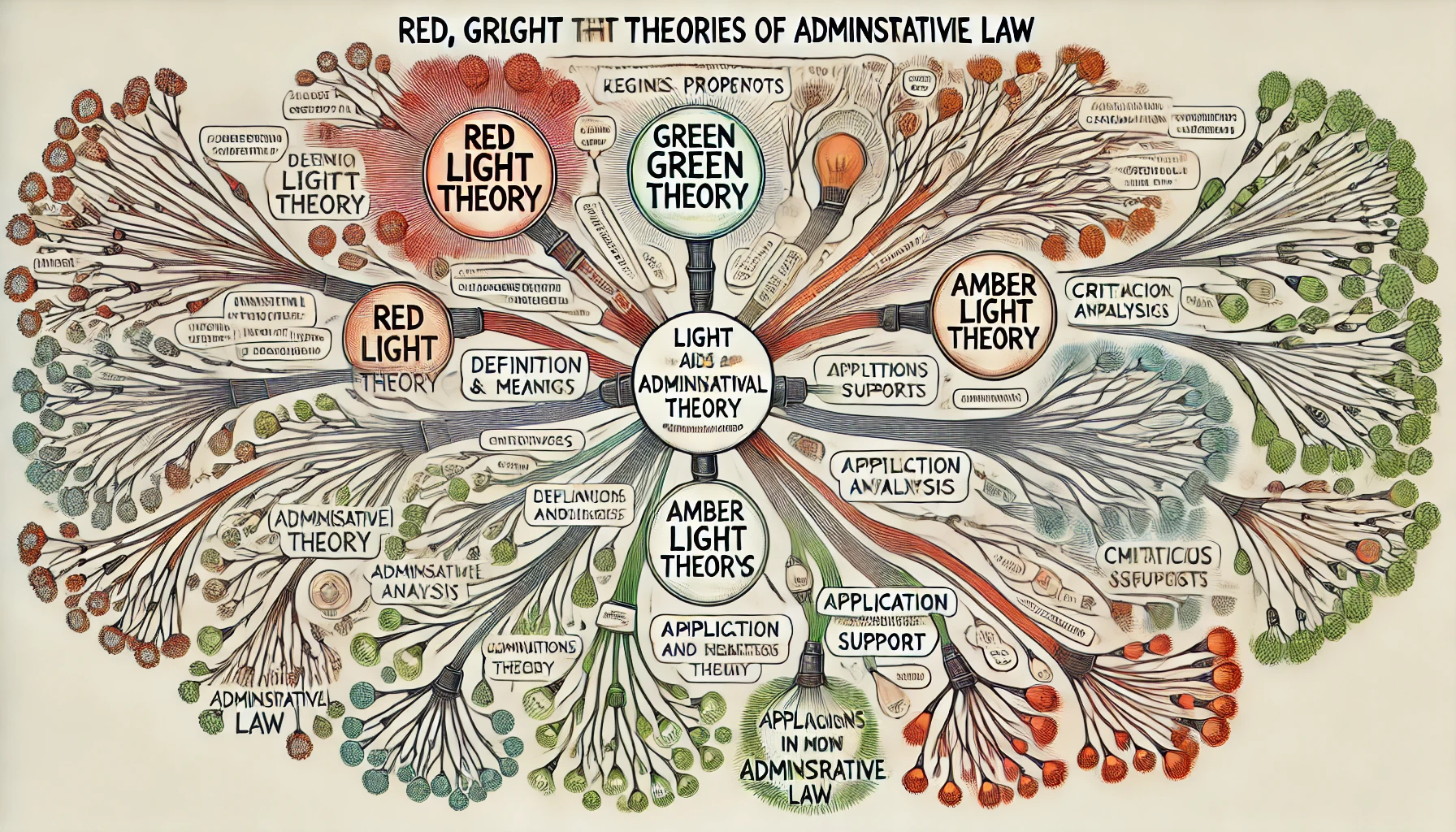











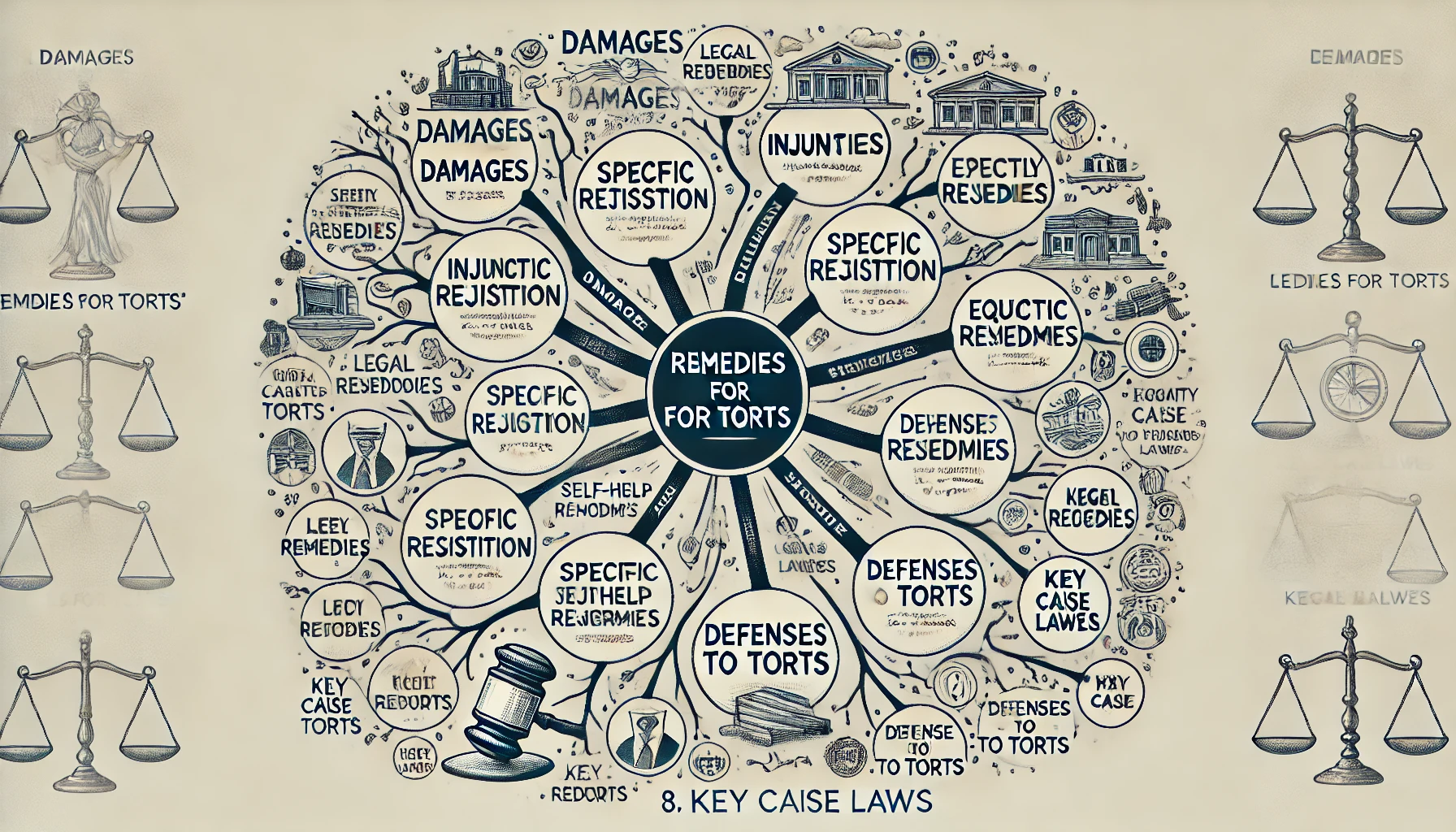





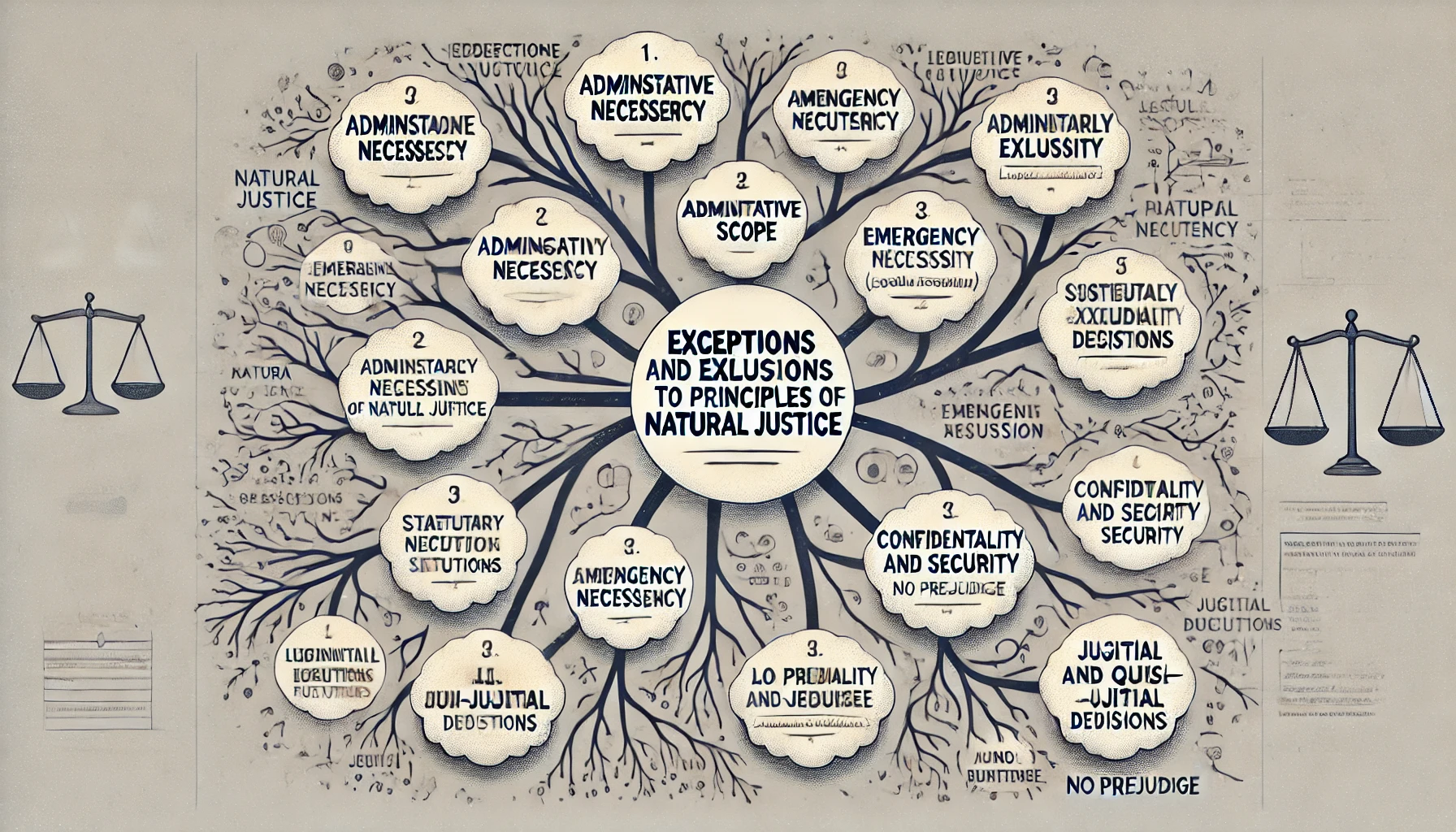






Comment
Nothing for now